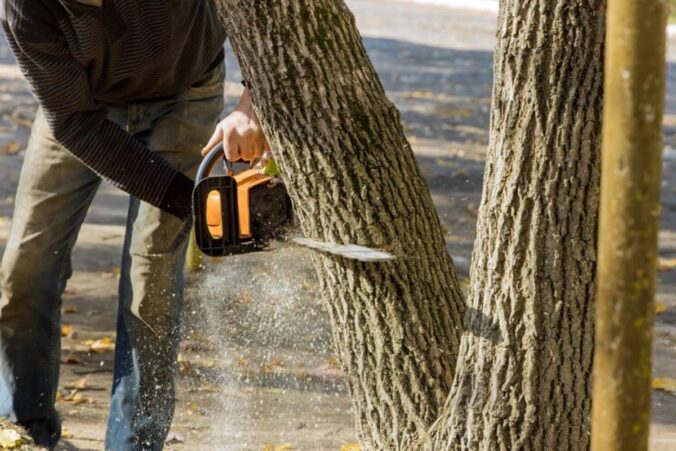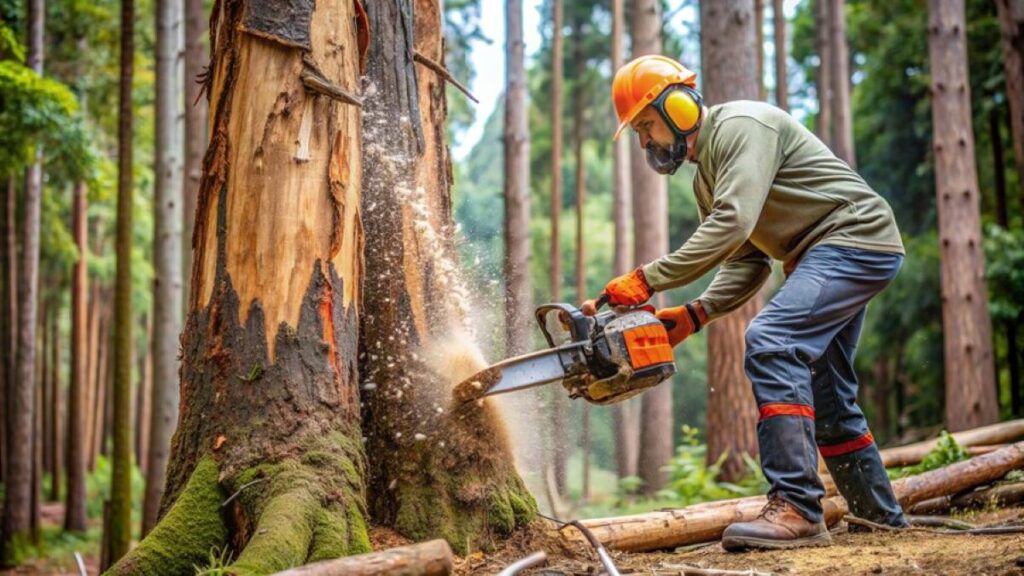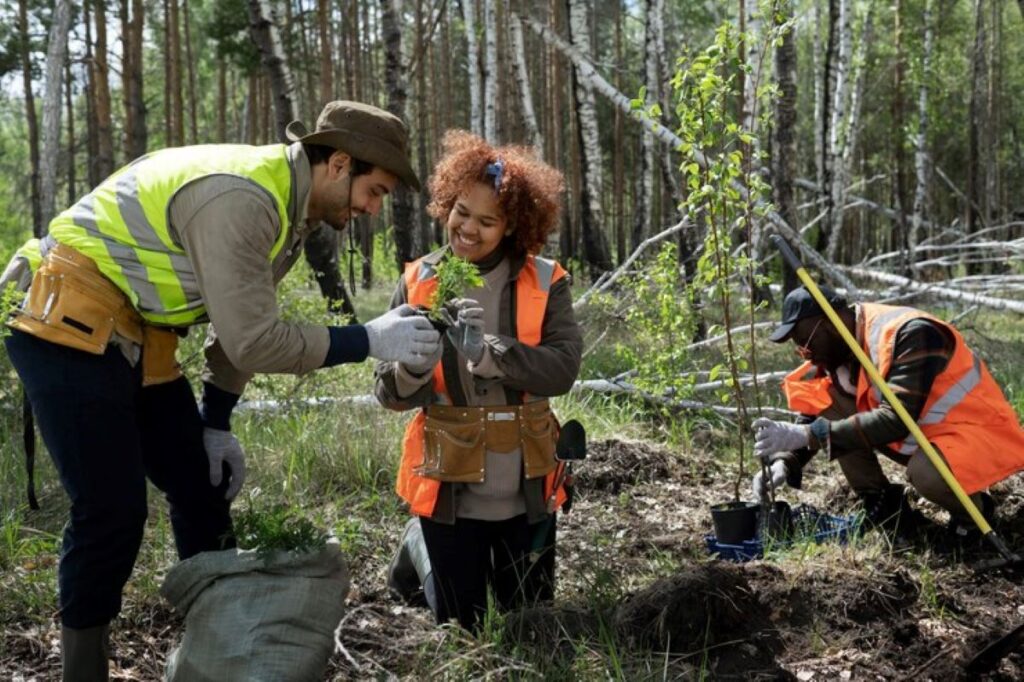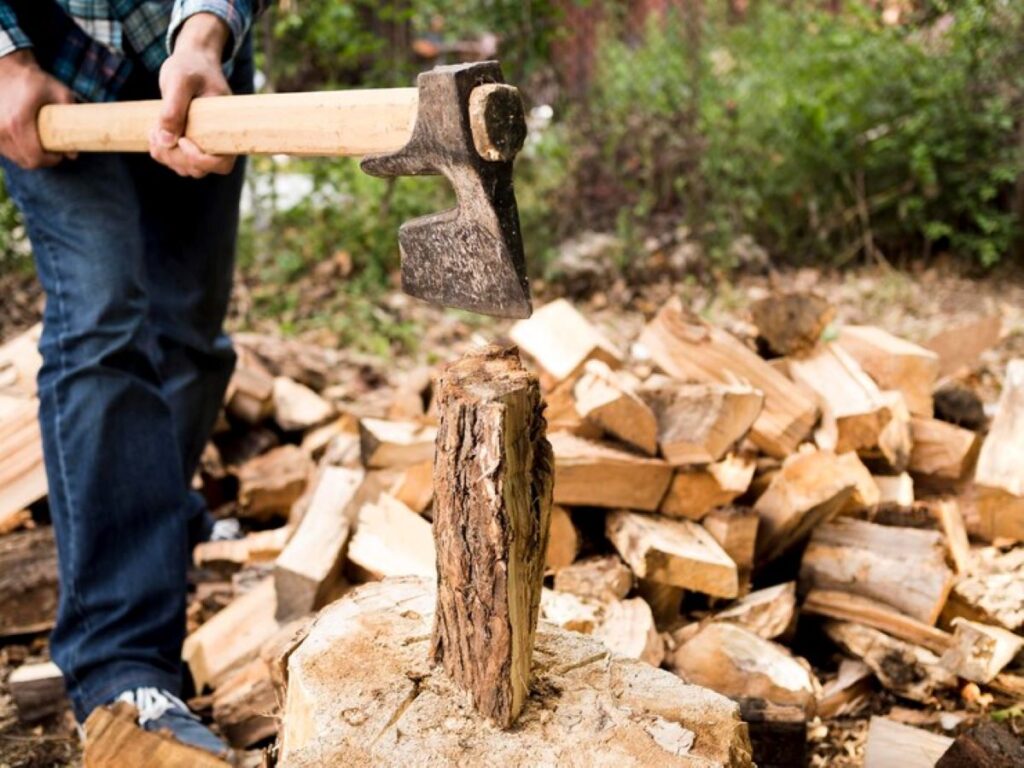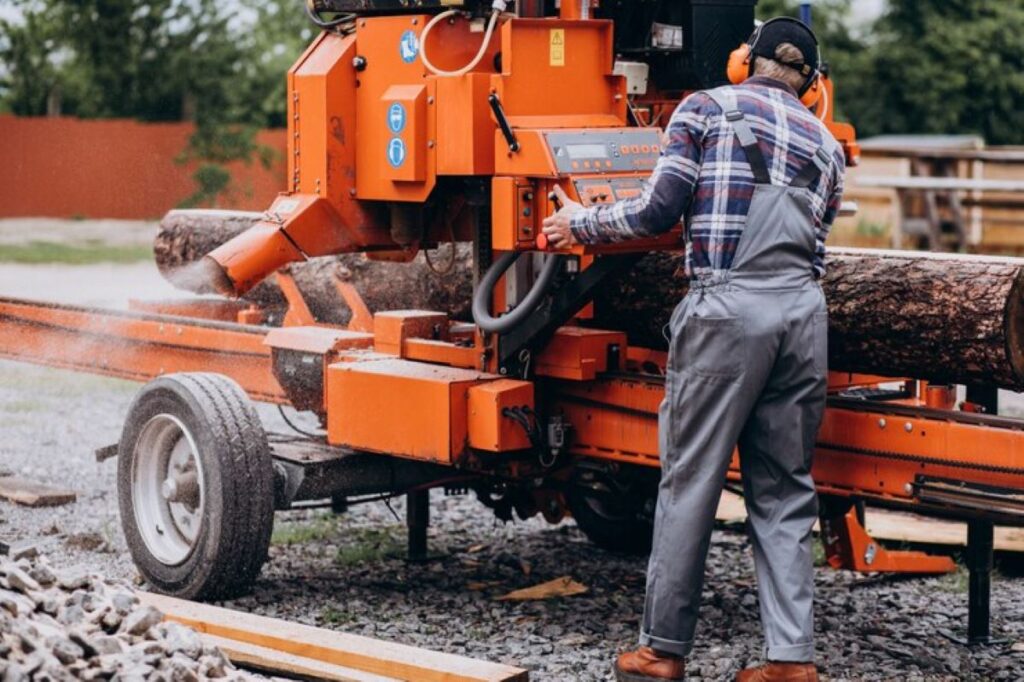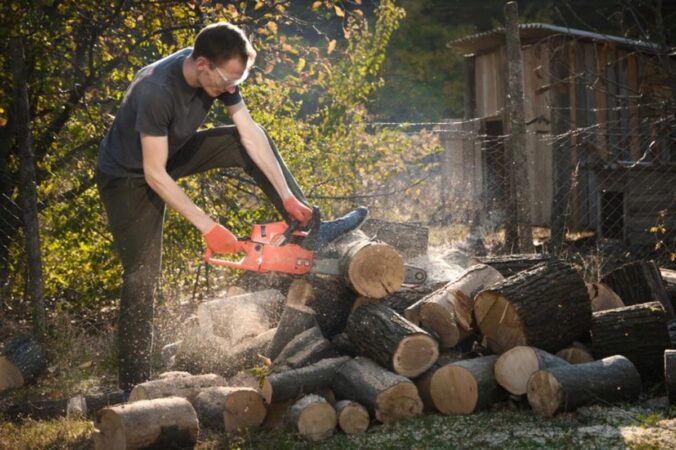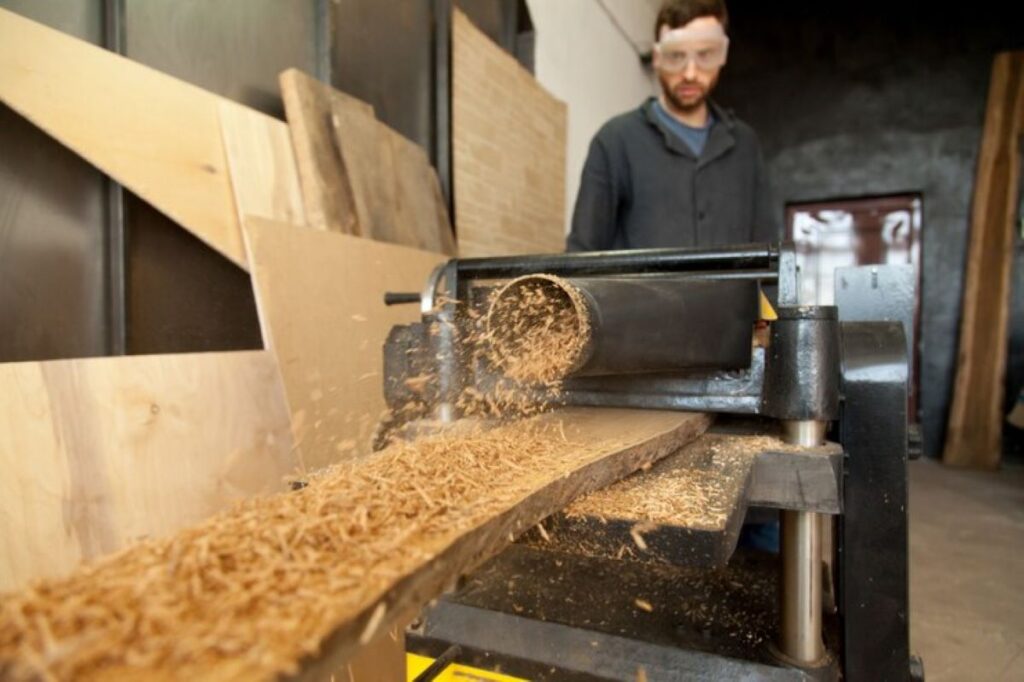Understanding Palm Tree Removal
Removing a palm tree can be a significant task, especially given their unique structure and deep-root systems. Unlike regular trees, palm trees are often more involved when it comes to removal due to their height and weight. Proper understanding of the removal process is essential to ensure safety and efficiency.
Many homeowners might be tempted to tackle palm tree removal themselves. However, this can lead to dangerous situations if not approached with the right knowledge and equipment. Thus, having a clear understanding of why professional removal is crucial can not only protect your property but also ensure that your surrounding landscaping remains undisturbed.
The Importance of Professional Palm Tree Removal
Professional palm tree removal has several advantages. Expertise is key—for arborists, every palm tree presents distinct challenges based on its type, location, and health. Arborists are trained to handle the complexities of these plants safely.
Additionally, hiring professionals mitigates the risk of injury or property damage. They assess conditions such as nearby structures, power lines, and the general environment to formulate the safest removal strategy. By engaging a professional, you ensure the job is done efficiently and safely. Furthermore, professionals often have access to specialized equipment that can make the removal process smoother and quicker, reducing the overall disruption to your property.
Risks Associated with DIY Palm Tree Removal
Attempting to remove a palm tree on your own can come with significant risks. Unforeseen complications can arise, such as improper cutting techniques that lead to the tree falling unpredictably. Moreover, the equipment used for palm tree removal requires skill to operate effectively.
Another risk is the potential for injury. Without proper training, individuals can expose themselves and bystanders to hazards during the removal process. Falling branches, heavy logs, and even sharp tools can cause serious accidents, making professional help a more viable option. Additionally, the aftermath of a DIY removal can leave behind a mess of debris and an unlevel stump, which may require further work to clean up and restore the area. This can lead to additional costs and labor that many homeowners may not anticipate when they first consider a DIY approach.
The Role of an Arborist in Palm Tree Removal
An arborist plays a vital role when it comes to the safe removal of palm trees. These professionals specialize in the care and management of trees, with a focus on enhancing their health and safety. When it comes to removal, arborists are equipped with the knowledge and tools necessary to ensure minimal disruption to the surrounding environment.
What is an Arborist?
An arborist, often referred to as a tree surgeon, is someone trained in the art and science of planting, caring for, and maintaining trees. Their skillset not only includes tree removal but also pruning, disease management, and tree health assessments.
Certification and licensing for arborists vary by location, but they typically undergo rigorous training and education on best practices in tree care. This professionalism ensures that they adhere to safety regulations while employing techniques that prioritize both the tree’s welfare and that of your property.
How Arborists Safely Remove Palm Trees
When removing a palm tree, arborists follow a systematic approach. First, they conduct a thorough assessment which includes examining the tree’s health, the surrounding area, and any potential hazards. This initial evaluation allows them to develop a tailored removal plan that maximizes safety and efficiency.
Once a plan is confirmed, arborists utilize specialized equipment such as chainsaws, ropes, and harnesses. They may climb the tree to carefully cut branches before felling the trunk in a controlled manner, ensuring it falls in a designated area, thereby reducing risk to people and property.
Moreover, arborists are trained to recognize the unique characteristics of different palm species, which can significantly influence the removal process. For instance, some palms have a tall, slender trunk that may require rigging techniques to prevent the trunk from falling unpredictably. Others may have a more robust structure that allows for a straightforward removal. Understanding these nuances not only enhances safety but also helps in planning for the effective disposal of the tree debris, which can often be recycled or repurposed for mulch or landscaping materials.
In addition to their technical skills, arborists also play an educational role, advising homeowners on the best practices for tree care and maintenance. They can provide insights on how to promote healthy growth in surrounding trees and suggest alternative landscaping options that can enhance the aesthetic appeal of a property after a palm tree has been removed. This holistic approach ensures that clients are not only satisfied with the removal process but also empowered with knowledge for future tree care endeavors.
The Palm Tree Removal Process
The palm tree removal process is detailed and requires careful planning. Each step must be executed with precision to avoid mishaps and ensure a clean removal.
Initial Assessment and Planning
The first step in the palm tree removal process is the initial assessment. An arborist will analyze the tree’s height, trunk diameter, root system, and any surrounding structures. This information is crucial for determining the best approach to removal.
Next, the arborist devises a strategy that includes selecting cutting techniques and planning for safe disposal of debris. Proper planning helps prevent damage to neighboring trees and plants, preserving the integrity of your landscape. Additionally, the arborist may consider the tree’s health and age, as older trees may have more brittle wood, which could affect the removal process. Understanding the tree’s growth pattern and root structure can also provide insights into how to mitigate potential hazards during the removal.
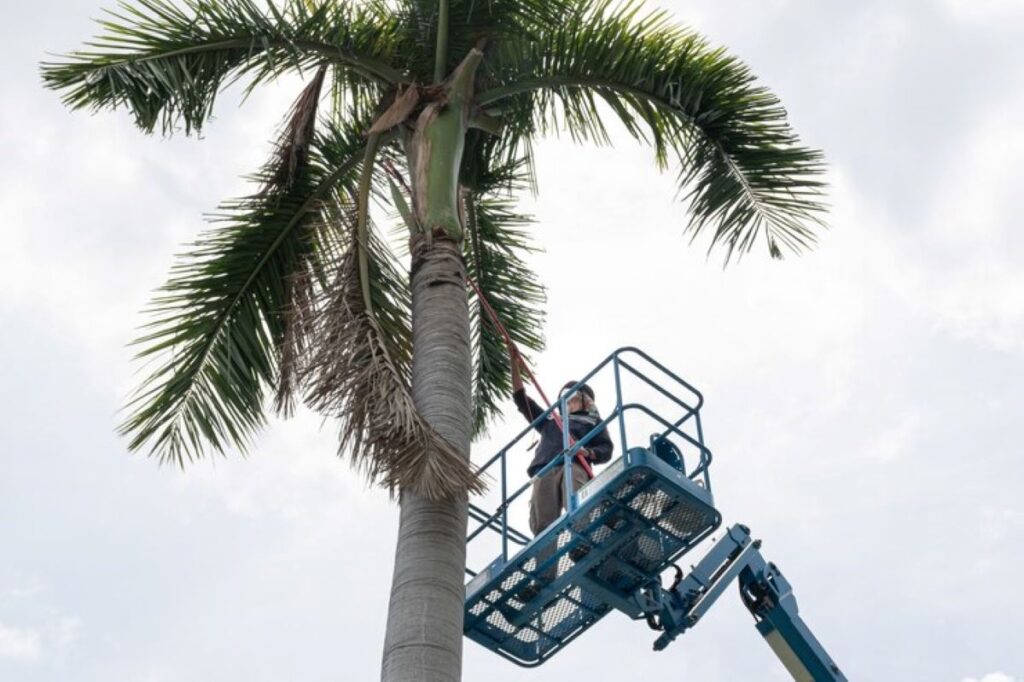
Cutting and Removing the Palm Tree
After a detailed plan has been established, the actual removal begins. Arborists typically start by trimming excess fronds and branches before making any cuts to the trunk. This reduces the weight and improves visibility as they work.
Once the upper structure is managed, the arborist will cut the trunk at strategic points. Controlled descents of the tree’s parts are executed using ropes and rigging systems, ensuring that each piece falls safely without causing damage to nearby objects or landscaping. Safety measures are paramount during this phase; arborists wear protective gear and employ techniques that minimize the risk of injury or accidents. The use of specialized equipment, such as chainsaws and harnesses, allows for a more efficient and secure removal process, ensuring that the job is completed smoothly.
Stump Removal and Cleanup
After the tree has been removed, the next step involves stump removal. Stump grinding is often preferred, where specialized equipment grinds the stump below ground level to prevent re-sprouting and create a clean landscape.
Finally, cleanup is crucial. This includes removing all debris from the site, including palm fronds, branches, and the stump material. A thorough cleanup ensures your property is left in excellent condition and ready for any subsequent landscaping projects. In some cases, the debris can be repurposed; for instance, palm fronds can be composted or used as mulch, contributing to a more sustainable approach to landscaping. Moreover, the area may require soil amendment or reseeding to restore the landscape’s aesthetic appeal and health, ensuring that your garden thrives after the removal process is complete.
Cost Factors in Palm Tree Removal
The cost of palm tree removal can vary significantly based on multiple factors. Understanding these can help you budget and prepare for the service you require.
Size and Location of the Palm Tree
The size of the palm tree plays a critical role in determining the cost of removal. Larger trees require more time and resources to remove safely. Additionally, the location is significant; trees positioned near structures or power lines typically cost more to remove due to the increased risk and complexity involved.
Evaluating the height, trunk width, and density of the tree can provide clearer insights into expected costs. Always consult with a professional arborist for an accurate quote based on specific circumstances.
Potential Additional Costs
Beyond the basic removal fee, homeowners should consider potential additional costs. For example, stump removal, debris hauling, and subsequent landscaping restoration can significantly affect your total expenditure.
Moreover, if the tree is diseased or infested, extra measures may be needed to ensure the health of surrounding trees, which can lead to further expenses. Always factor in these considerations when planning for palm tree removal.
Permitting and Regulations
Another important aspect to consider is the necessity of permits and adherence to local regulations. Many municipalities have specific rules regarding tree removal, especially for larger specimens or those deemed significant to the local ecosystem. Obtaining the necessary permits can add to the overall cost and time required for the removal process. It’s advisable to check with local authorities to understand the requirements in your area, as failing to comply could result in fines or mandated replanting.
Seasonal Considerations
The timing of the removal can also influence costs. Certain seasons may be more favorable for tree removal due to weather conditions or tree health. For instance, removing a palm tree during the dormant season can be less complicated and may reduce the risk of damage to surrounding plants. Conversely, attempting to remove a tree during peak growth seasons can lead to higher costs due to the increased difficulty and potential for complications. Planning ahead and scheduling your removal during optimal times can help manage expenses effectively.
Post-Removal Care and Landscape Restoration
Once the palm tree has been removed, post-removal care is essential to maintain the health of your landscape. This includes replenishing soil, considering new planting options, and possibly enhancing the surrounding area.
Caring for Your Landscape After Palm Tree Removal
After removing a palm tree, the exposed soil might require care to promote healthy growth for new plants or grass. Reseeding, replanting, or even introducing nutrients to the soil can revive a former vibrant area. It’s important to assess the soil quality after the removal; you may find that the soil has been compacted or depleted of essential nutrients due to the palm’s extensive root system. A soil test can provide insights into pH levels and nutrient deficiencies, allowing you to amend the soil appropriately with organic matter or fertilizers.
Additionally, regular watering and monitoring the area for any signs of erosion or settling will ensure that your landscape remains intact. Implementing a mulch layer can help retain moisture and suppress weeds, creating an ideal environment for new plantings. Consulting with a landscaper can yield valuable insights into the best practices for your specific situation, including the timing of planting and the types of plants that will flourish in the newly prepared soil.

Alternatives to Palm Trees for Your Landscape
If you find you need to replace your palm tree, consider suitable alternatives that may provide similar aesthetic appeal and benefits. Options such as ornamental trees, deciduous trees, or even flowering varieties can diversify your landscape and enhance its beauty. For instance, consider planting a Japanese maple for its stunning foliage, or a flowering dogwood that offers seasonal blooms and attracts pollinators. These alternatives not only provide visual interest but can also contribute to local biodiversity.
Researching local climate requirements and soil conditions can help guide your choices. Native plants are often the best option, as they are adapted to the local environment and require less maintenance. Consulting with a local arborist or landscape professional ensures that the selected plants thrive in your environment and complement your overall landscaping vision. They can also assist in planning for seasonal changes, ensuring that your landscape remains vibrant year-round, with a mix of colors and textures that evolve with the seasons.
Related : Palm Tree Pruning: How to Keep Your Palms Looking Their Best

